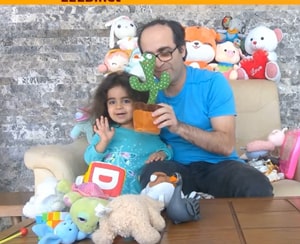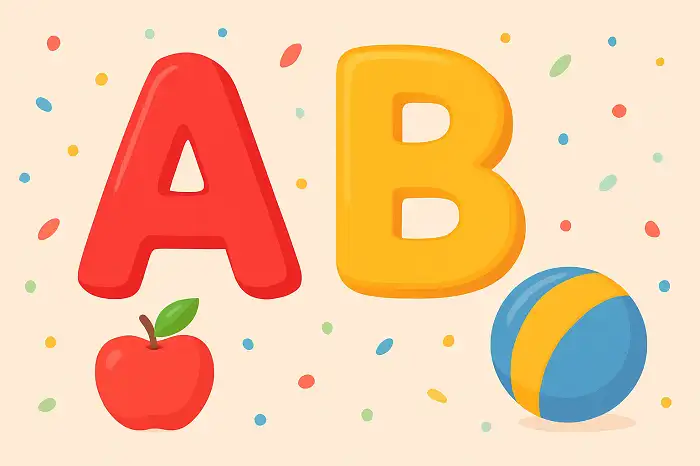Table of Contents
Language Making Capacity
Language Making Capacity
Slobin proposes a ‘language making capacity’ (LMC). Like Chomsky’s Language Faculty, the LMC contains universal principles. Unlike the principles of Chomsky’s Language Faculty, these are ‘Operating Principles’ (OP), i.e., principles specifically for working inductively on the physical acoustic stimulus for a specific language to which children are exposed. The principles involved two types: (a) Perceptual and Storages Filters and (b) Pattern Makers. The early formulation of these operating principles in 1973 was generalized, specified and extended in 1985.

Operating Principles (OP)
- The operating principles are proposed to exist in their initial form prior to the child’s experience with language. The form of the OP themselves may develop over the course of language acquisition, presumably led by the development of grammatical knowledge of the language to be acquired. If so, the OP can be viewed as derivative of, or dependent on, grammatical knowledge. The OP must assume children’s prior knowledge regarding the language being acquired.
The OPs have an intermediate status in the course of language acquisition, i.e. children have solved the initial foundations for language acquisition discovering the units in the continuous speech stream.
Pattern Makers

- Conceptual development provides starting points for grammatical marking.
- Conceptual development determines order of emergence of grammatical forms.
- Concepts are combined in grammatical morphemes according to semantic affinities. Grammatical markers are placed according to principles of semantic relevance.
The original OP could not have wide productive applicability to languages which are not suffixing or isolating languages such as Chinese. The OP propose that children are at first dependent on concrete, perceptually salient properties of the speech stream, presumably because this would aid their induction. Thus children are proposed to fail at first with abstract relations between underlying structures and surface strings, with order permutations.



